An insulator pin is a component used for supporting and insulating overhead power lines. It consists of a solid or cylindrical body with grooves or flanges to hold the electrical conductor in place. The top pin has a curved or flat surface where the conductor rests. The main function of the insulator pin is to suspend the electrical conductor above the ground. It helps to keep the conductor isolated from its surrounding and prevent electrical current from leaking. The insulator pins mount on structures like utility poles, transmission towers and crossarms. Insulator pins provide electrical insulation between the conductor and the support structure. This prevents the electricity through the pole or tower which could result in power loss or equipment damage. It is advisable to ensure proper selection, installation and maintenance for reliable power supply.
Functions of an insulator pin
Insulator pins serve several functions in electrical installations. They provide electrical insulation, mechanical support, corona control and environmental protection. Proper selection, installation and maintenance helps to ensure the reliable and efficient operation of the installations. The following are the common functions of the insulator pin.
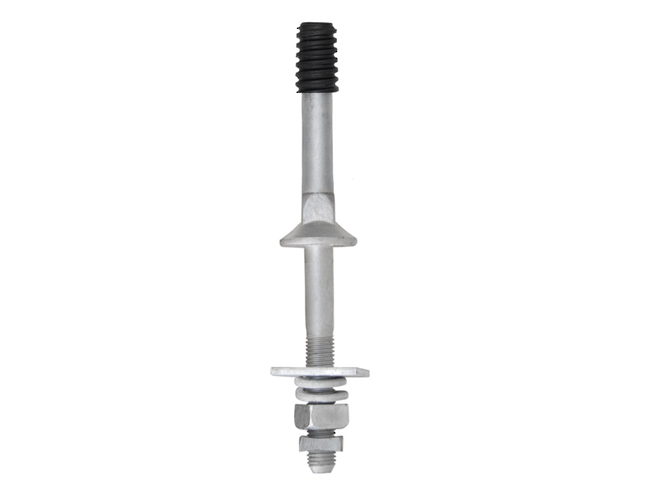
- Electrical insulation – the main function of the insulator pin is to provide electrical insulation between conductors. They prevent the flow of electricity through the supporting structure or to the ground. They help ensure the electrical current remains confined within the conductor.
- Corona control – corona discharge occurs when the electric field around the conductor ionizes the surrounding air. The pins have designs to help control corona discharge by maintaining a enough distance between the conductor. This helps to prevent energy loss and reduces radio interference. This is to ensure efficient power transmission.
- Safety – the pins help ensure the safety of both the electrical system and personnel working in the area. They also help prevent electrical shocks, arc flashes and other hazards. The pins contribute to the reliability of the power distribution network. This reduces the of service interruptions and accidents.
- Mechanical support – the insulator pins support the weight of the conductor which keep it suspended above the ground. They help to withstand the mechanical stresses exerted by the conductor such as wind and ice.
- Environmental protection – the pins protect the conductor from environmental factors. these is including moisture, pollution and UV radiation. They shield the conductor from the elements and extend the lifespan of the overhead power line system.
Selecting the best insulator pin
There are several aspects to consider when selecting insulator pins before purchasing. The insulator pin chosen should be safe, reliable and effective. They should also provide electrical insulation and mechanical support. It is also advisable to get expert guidance and consider the aspects listed above before making a decision. The factors are as discussed below.
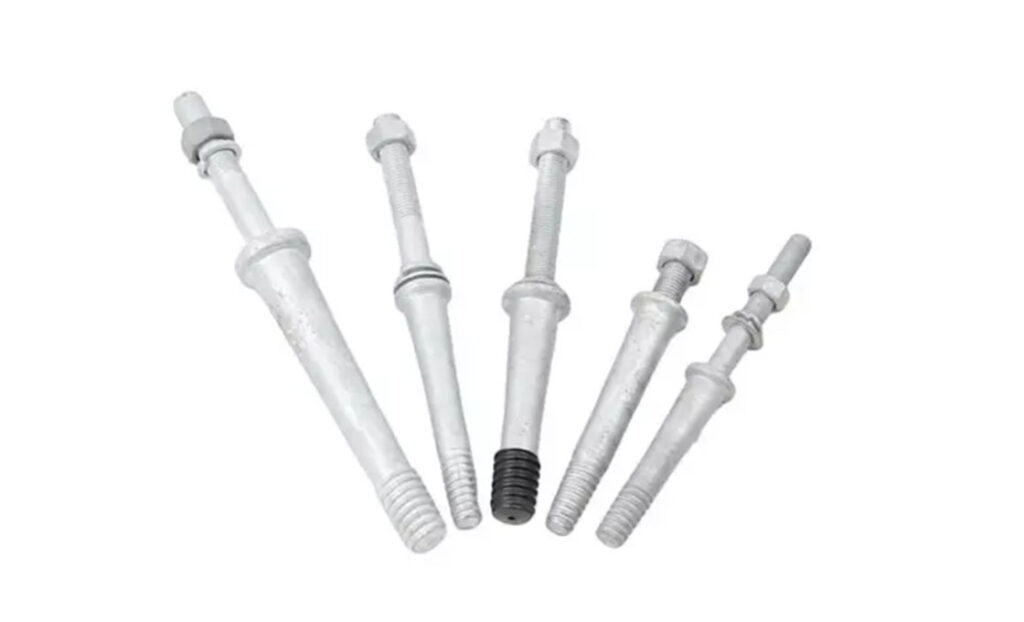
- Select an insulator pin that can withstand the voltage level of the transmission system.
- Check the mechanical stresses that the insulator pin will face, such as wind, ice, tension and compression. The chosen insulator pin must sustain these loads without affecting structural integrity.
- Choose an insulator pin with a creepage distance for the anticipated operation circumstances. Choose an insulator pin with strong corona performance to reduce radio interference and power loss. Consider the manufacturer’s reputation for creating high-quality products that meet industry requirements.
- Consider the cost of the insulator pin and how it will fit into your budget. Strike a balance between expenses and product quality.
- Consider the environmental conditions that the insulator pin will face. This is including temperature changes, humidity, pollution and corrosive substances.
- Consider the installation type, such as suspension, strain, post, or other. Consider the type and size of conductor that the insulator pin will support. They should correspond to the design of the insulator pin’s end fittings and clamps.
- Ensure that the insulator pin you choose meets all applicable international and regional insulator performance and safety requirements.
Installation of insulation pin
The installation process ensures that transmission lines and other electrical equipment are safe. The installation technique varies depending on the type of insulator pin, manufacturer instructions, and local regulations. It is also recommended that you get help from pros before beginning the installation. They may also tell you on the best sort of insulation for your particular use. The basic installation technique for insulator pins is as illustrated below.
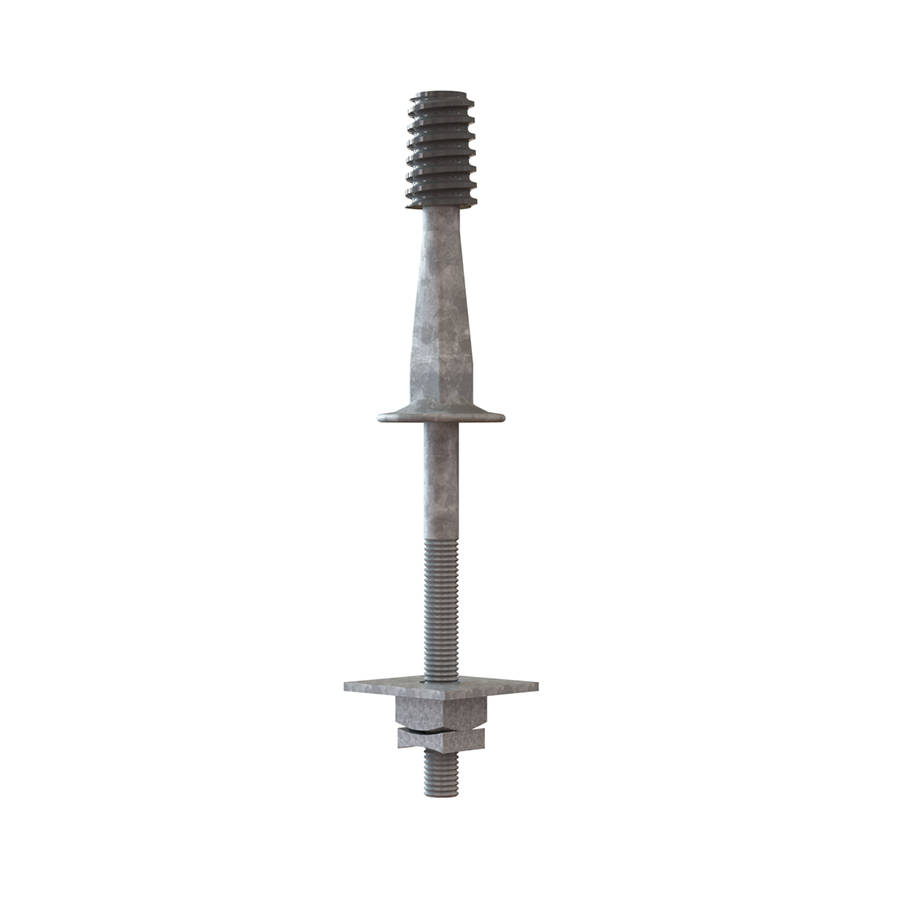
- Prepare the necessary tools, equipment and supplies for the installation. This is including insulator pins, hardware, fittings and safety gear. Make sure you have the appropriate safety equipment, such as gloves, safety glasses and outerwear.
- To avoid accidents and injuries, keep the work environment free of obstructions and dangers. They should adhere to all applicable safety standards and procedures.
- Check all the insulator pins, fittings and hardware for evidence of damage, flaws, or corrosion. Determine the proper locations for putting the insulator pins based on the transmission line’s design. Attach the insulator pin to the structure with the specified hardware to verify that all the fittings are properly fastened.
- Connect the transmission line conductor to the insulator pin using the appropriate fittings and clamps.
- To avoid extra stress on the components, ensure that the insulator pin and conductor are properly aligned. Check that the conductor is not stretched or twisted after attachment.
- Use the appropriate torque values to tighten all fasteners, including nuts, bolts and washers. Over-tightening or under-tightening can cause mechanical problems that affect the integrity of the installation.
- Conduct visual checks to ensure that all components are correctly installed and secure. Conduct electrical tests to confirm the insulation qualities of the insulator pins. Keep records of the installation process, including photographs, drawings and any adjustments performed.
Application areas of insulator pins
Insulator pins provide both electrical insulation and mechanical support in a wide range of electrical transmission applications. This makes them a popular choice for a wide range of industrial applications. They also improve the safety and dependability of overhead transmission cables. The kind chosen must meet the special requirements of overhead transmission lines. Additionally, consult with industry experts to choose the best type for your application. The following are the most common applications for insulator pins.
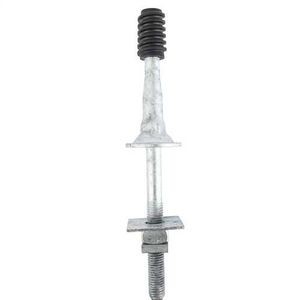
- Overhead transmission lines – insulator pins help to support the electrical conductors. This helps prevents electrical current from flowing down the supporting structures.
- Distribution lines – distribution lines also use insulator pins to support and insulate conductors. They help carry electricity to homes and businesses.
- Industrial facilities – insulator pins help in applications such as manufacturing plants and mining operations. This is to help maintain safe and reliable electrical connections.
- Lightning protection systems – they also help to prevent lightning surges from travelling along conductive paths and causing damage to equipment.
- Telecommunication towers – they also provide insulation for communication cables and other equipment.
- Substations – they provide insulation to equipment such as circuit breakers, disconnect switches and transformers.
- Renewable energy projects – the insulator pins provide necessary insulation for power transmission lines. They connect to provide insulation for communication cables and other equipment.
- Railway electrification – they also help to support catenary wires that provide power to trains. They help maintain electrical isolation between the wires and the supporting structures.
Maintenance practices for insulator pins
Regular maintenance of insulator pins ensures that overhead power systems remain safe. It also aids in the detection and resolution of potential problems, hence avoiding failures and power outages. Also, it is also recommended that you consult with certified professionals to conduct a more examination. The following is a simple approach on maintaining and inspecting insulator pins.
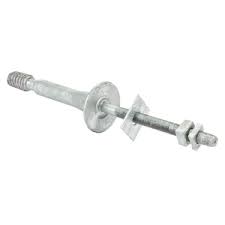
- Regularly inspect insulator pins for evident signs of damage, wear or corrosion. Check the insulator pin for cracks, chips, or abnormalities.
- Ensure that the insulator pins are clear of dirt, dust and pollutants. Clean the insulator pins to avoid pollution-induced flashovers.
- Confirm that the insulator pins are securely attached to the cross arm. Check the tightness of the nuts and bolts to ensure they meet the torque specifications. Check the alignment of the insulator pins and verify they fit securely into the grooved end.
- Apply corrosion-resistant coatings or treatments to prevent corrosion, particularly in corrosive settings.
- Check and re-tighten nuts and bolts to ensure they meet the torque specifications. Use a torque wrench to guarantee precise torque application.
- Examine the insulators for evidence of cracking, contamination, or damage. Replace any broken insulators.
- Consider the environmental conditions at the installation site and adjust maintenance measures accordingly.
- Ultrasonic testing serves to discover internal faults in the insulator pins. This non-destructive testing procedure detects flaws that were not obvious during ocular inspections. Keep detailed records of all inspection and maintenance actions. Document any corrective steps performed.
Frequently asked questions
Factors to consider include the voltage rating of the power line, environmental conditions, mechanical load requirements and material properties.
Installation should involve securing the insulator pins to utility poles, transmission towers or crossarms. The conductor then mounts on the pins ensuring proper alignment and adequate clearance.
Maintenance tasks include regular inspections to check for signs of damage, contamination or wear. Cleaning may be necessary to remove dirt, dust or pollutants that could compromise insulation performance.

